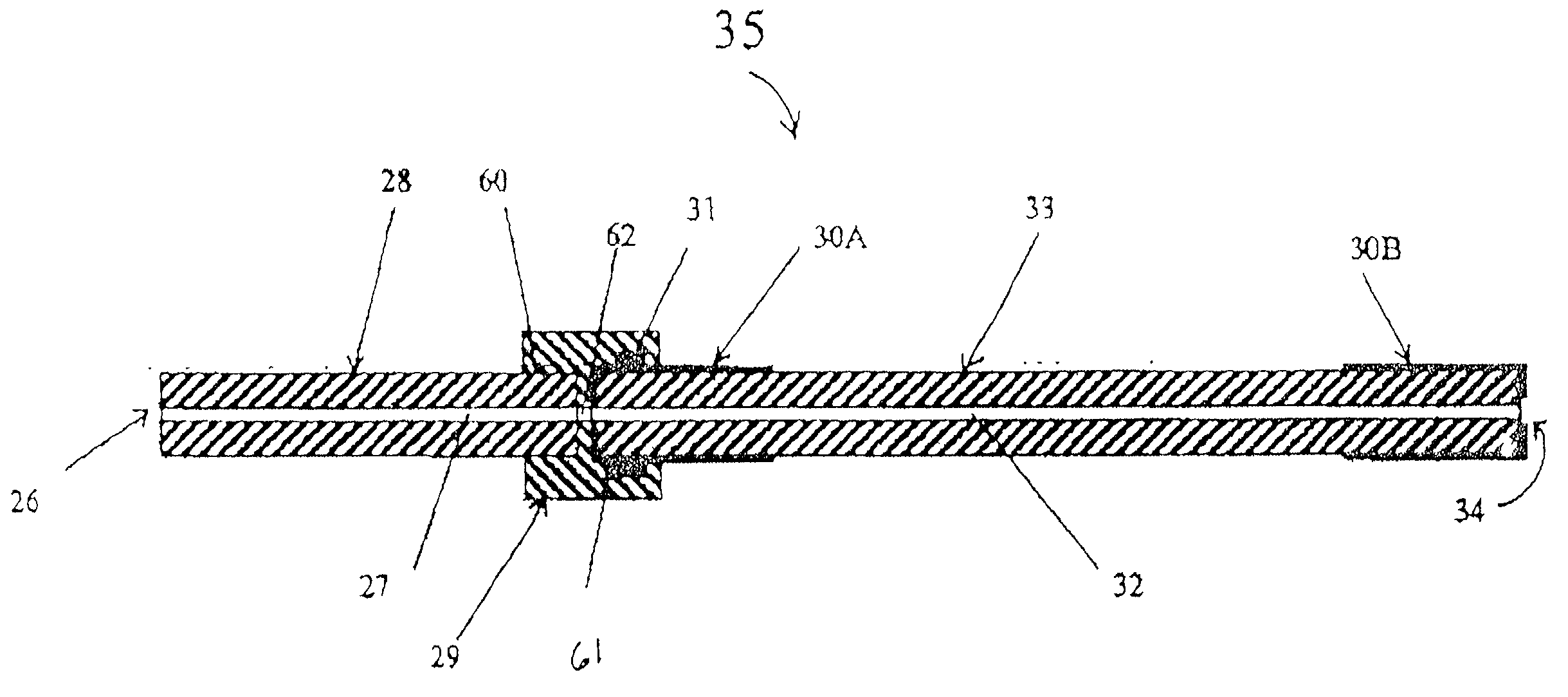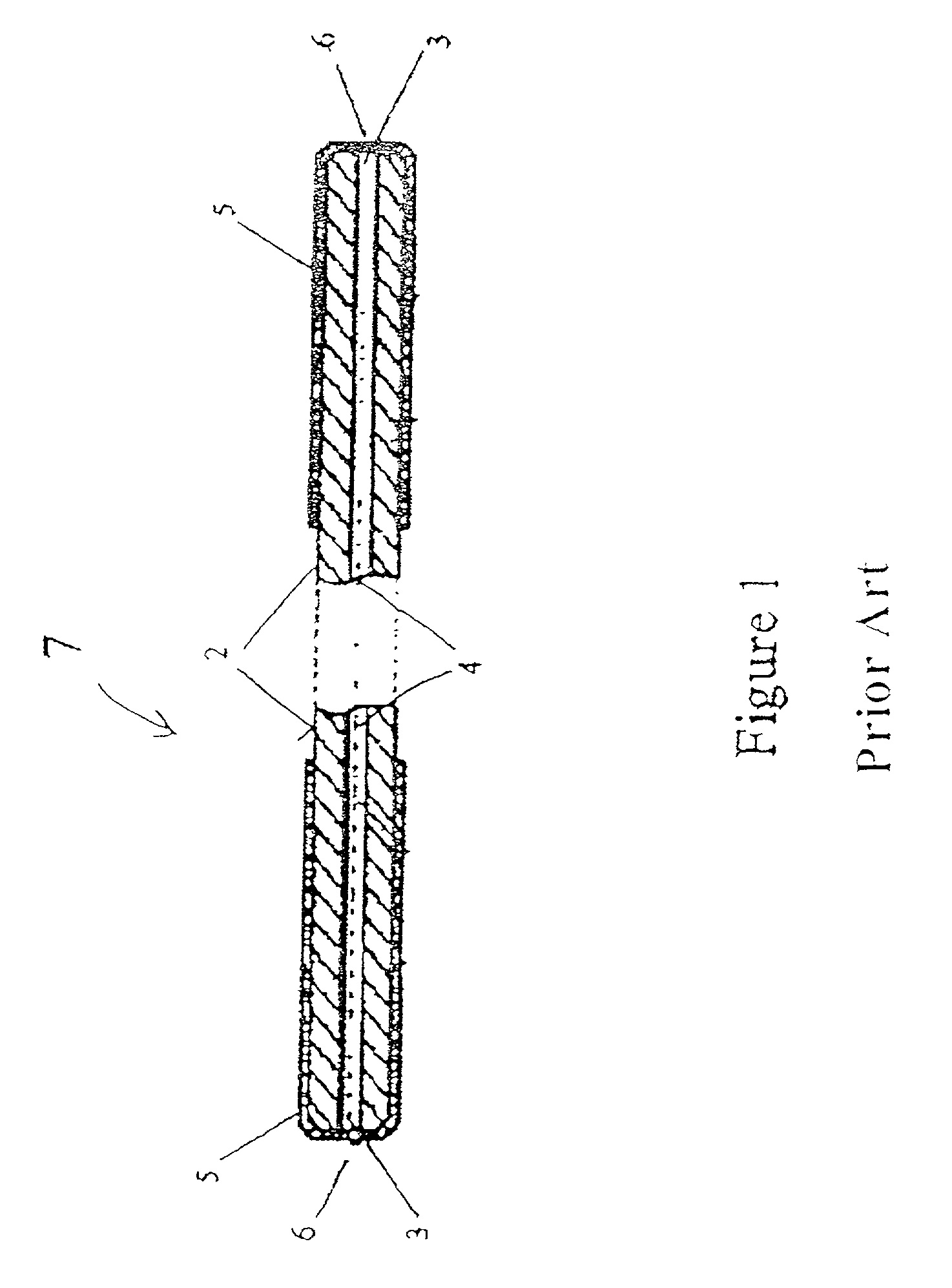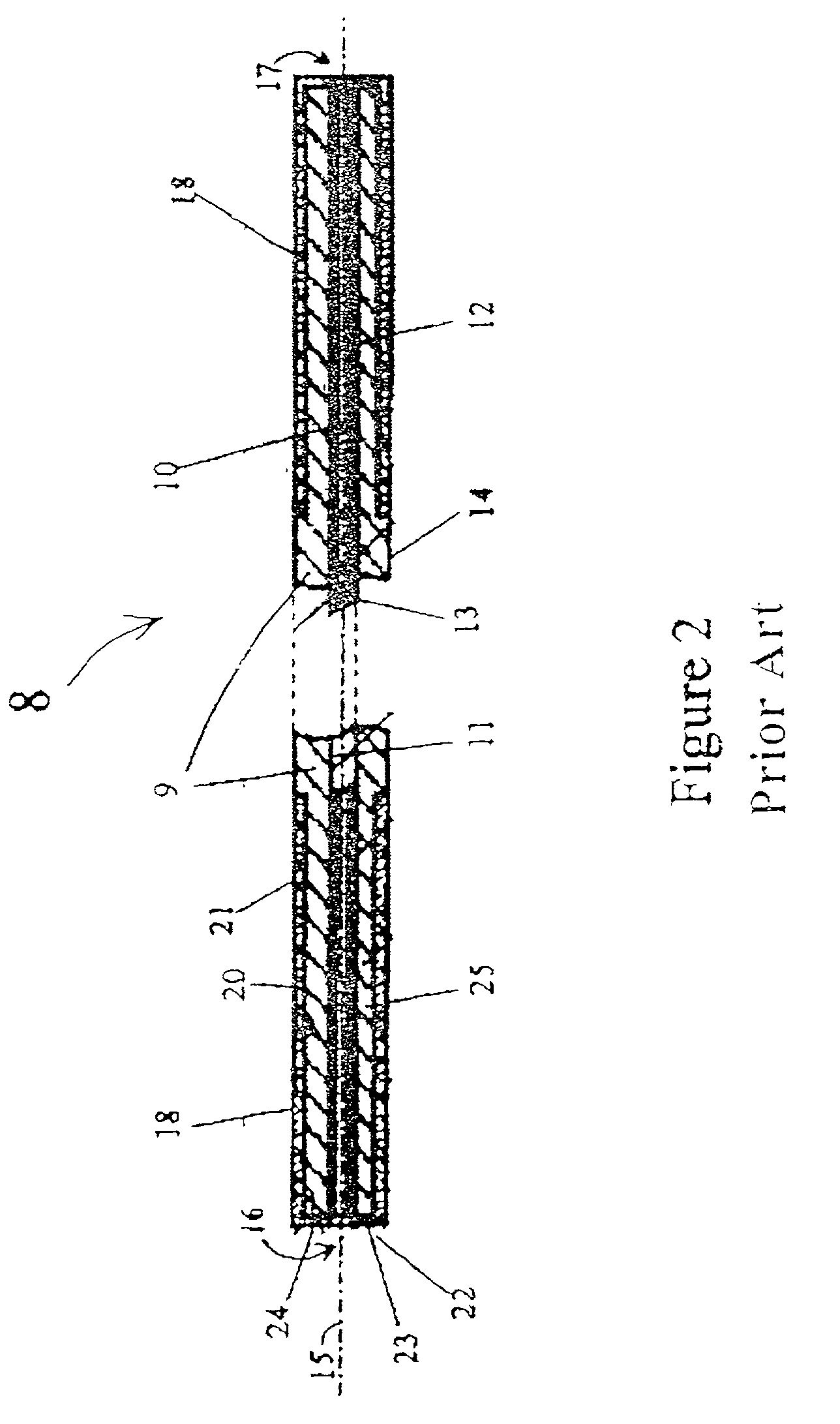Method and apparatus for automating a matrix-assisted laser desorption/ionization (MALDI) mass spectrometer
a matrix-assisted laser and mass spectrometer technology, applied in the direction of particle separator tube details, dispersed particle separation, separation process, etc., can solve the problems of large, labile species, fragmented fragmented fragments,
- Summary
- Abstract
- Description
- Claims
- Application Information
AI Technical Summary
Problems solved by technology
Method used
Image
Examples
Embodiment Construction
[0060] As required, a detailed illustrative embodiment of the present invention is disclosed herein. However, techniques, systems and operating structures in accordance with the present invention may be embodied in a wide variety of sizes, shaped, forms and modes, some of which may be quite different from those in the disclosed embodiment. Consequently, the specific structural and functional details disclosed herein are merely representative, yet in that regard, they are deemed to afford the best embodiment for purposes of disclosure and to provide a basis for the claims herein which define the scope of the present invention.
[0061] The following presents a detailed description of a preferred embodiment of the present invention, as well as some alternate embodiments of the invention. As discussed above, the present invention relates generally to the mass spectroscopic analysis of chemical samples and more particularly to mass spectrometry. Specifically, an apparatus and method are de...
PUM
 Login to View More
Login to View More Abstract
Description
Claims
Application Information
 Login to View More
Login to View More - R&D
- Intellectual Property
- Life Sciences
- Materials
- Tech Scout
- Unparalleled Data Quality
- Higher Quality Content
- 60% Fewer Hallucinations
Browse by: Latest US Patents, China's latest patents, Technical Efficacy Thesaurus, Application Domain, Technology Topic, Popular Technical Reports.
© 2025 PatSnap. All rights reserved.Legal|Privacy policy|Modern Slavery Act Transparency Statement|Sitemap|About US| Contact US: help@patsnap.com



